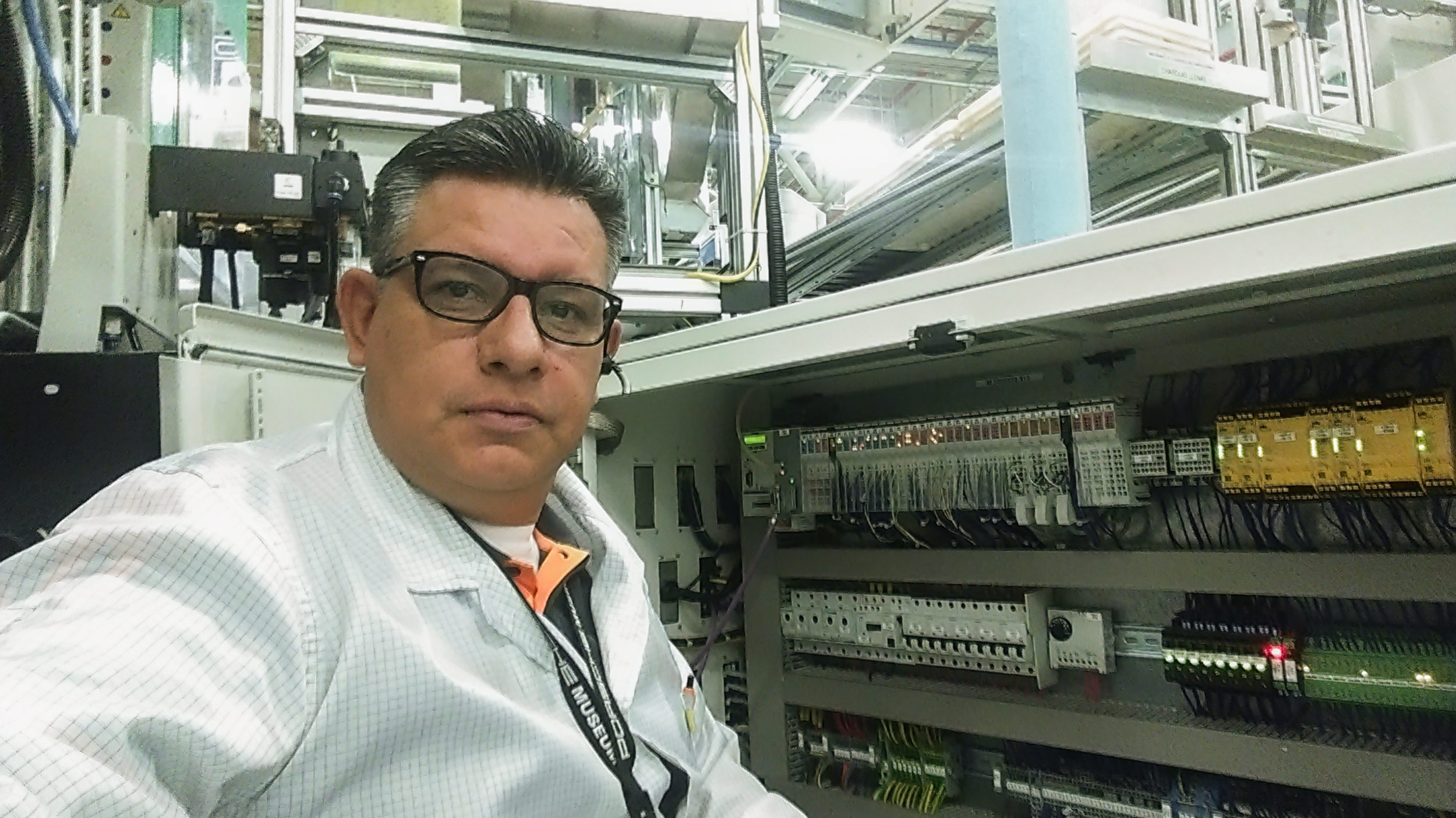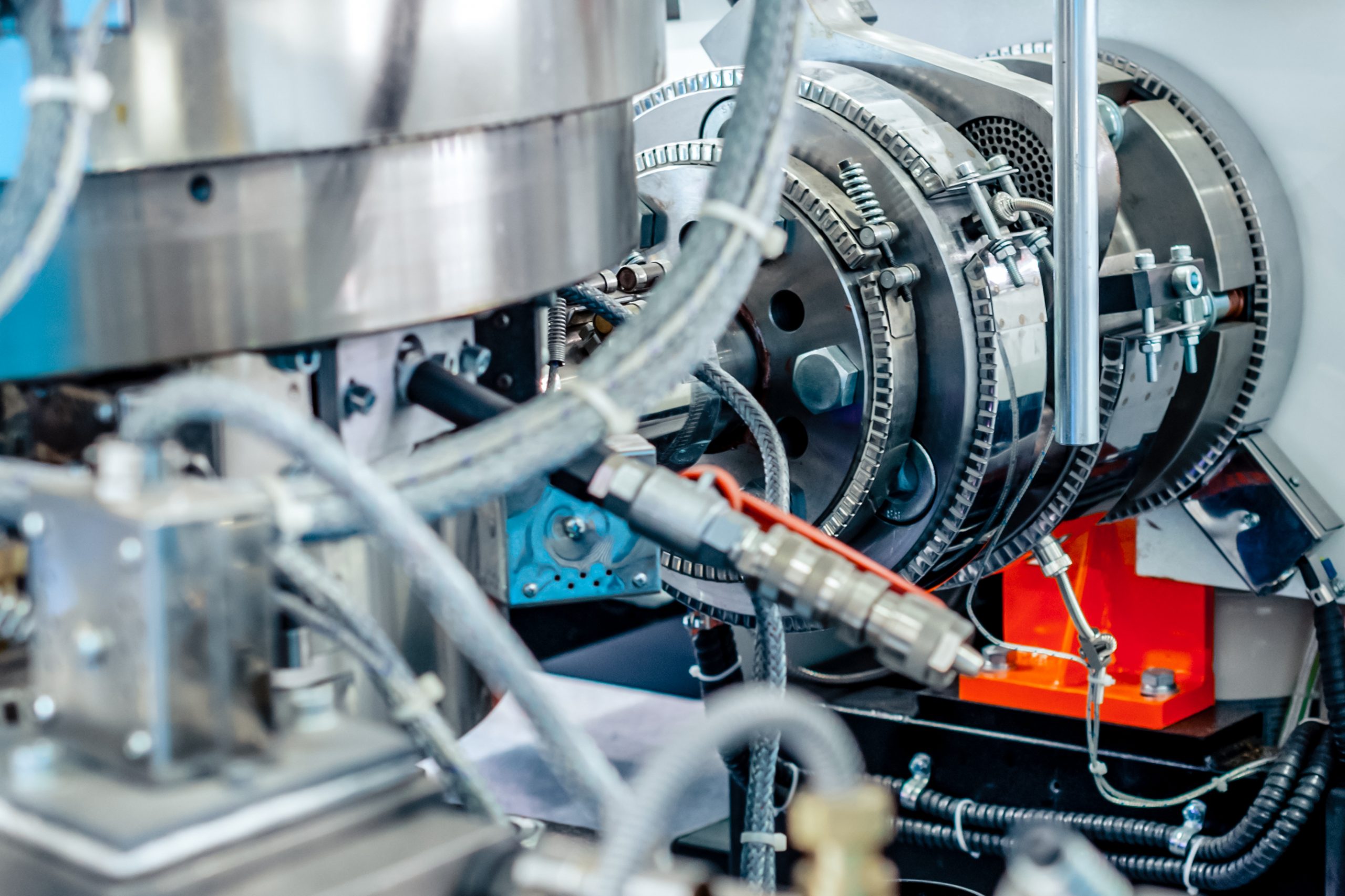Blog 3: Mold Smarter, Waste Less: Boost Sustainability Without Sacrificing Quality
Introduction
Sustainability isn’t just a buzzword—it’s a competitive advantage. Brands are being judged not just on product quality but on how they make those products. Whether it’s reducing carbon footprint, minimizing plastic waste, or meeting environmental regulations, manufacturers are being held to higher expectations.
But here’s the good news: sustainability doesn’t have to come at the expense of profitability. With cavity pressure sensing and in-mold process control, molders can significantly reduce scrap, increase use of recycled materials, and improve energy efficiency—all while saving money.
Let’s explore how this smart technology helps you mold more sustainably and more cost-effectively.
Scrap Isn’t Just Waste—It’s Lost Profit
Scrap parts cost more than just the raw material—they waste:
- Energy used to heat, pressurize, and cool every defective shot
- Machine time that could have been spent making sellable parts
- Labor and inspection costs trying to sort and contain issues
- And let’s not forget disposal or regrind processing costs
Even when recycled, scrap still consumes energy and effort. For companies with high-volume runs, even a 1–2% scrap rate can result in tens of thousands of wasted dollars—and pounds of unnecessary waste every month.
Cavity pressure sensing attacks scrap at the root, catching process deviations before bad parts are produced.
Real-Time Defect Detection Means Less Waste
With sensors embedded directly into the mold, you get instant data about how every shot behaves. That means:
- Short shots, voids, flash, gas traps—you’ll catch them as they occur
- Part containment ensures only good parts reach packaging
- Feedback from the cavity pressure conditions allows your system to adjust or shut down automatically before a problem snowballs
By reducing bad parts before they’re made, you’re eliminating waste—not just reacting to it.
Real savings: Lower scrap rates mean less material used, less energy wasted, and less time spent in rework—all of which contribute to both profitability and sustainability.
Use Regrind and PCR with Confidence
Regrind and post-consumer recycled (PCR) plastics are key to sustainable molding, but they introduce variability that scares many molders away.
Cavity pressure sensing levels the playing field:
- You’ll see how each material batch behaves in real time.
- Pressure curves help you tune your process to compensate for flow inconsistencies or thermal differences.
- You’ll validate quality at the cavity level, not just assume it based on resin specs.
This enables you to:
- Increase the percentage of regrind or PCR in your parts
- Reduce dependence on virgin resin
- Cut material costs without increasing risk
In short: you can be green and still hit your cycle times and quality targets.
Support Your ESG Initiatives with Data
Your sustainability claims are only as strong as the data behind them. In-mold sensing gives you:
- Proof of reduced scrap rates
- Traceable data on recycled material use
- Auditable records for compliance or stakeholder reporting
For companies focused on ESG, this data helps you:
- Meet internal and regulatory sustainability targets
- Improve brand perception and transparency
- Secure contracts with sustainability-minded customers
And when you back your green initiatives with clear, hard data? That’s where marketing and manufacturing meet.
Mold More Efficiently, Save More Energy
Beyond materials, cavity pressure also helps you save energy:
- By fine-tuning fill and pack phases, you avoid over-packing and overcooling
- By reducing cycle times and rework, you use less machine power per good part
- By decreasing downtime and defect troubleshooting, machines run cleaner and leaner
That means less wear and tear, fewer utility spikes, and a lower carbon footprint across your facility.
Conclusion
Cavity pressure sensing helps you mold with purpose: less waste, smarter material use, and more energy-efficient production. It’s a cornerstone of sustainable manufacturing—not just for the planet, but for your profit margins too.
By integrating this technology into your processes, you don’t have to choose between being green and staying competitive. You can have both.
Want to reduce waste and hit your sustainability goals—without breaking the bank?
Connect with RJG to learn how cavity pressure can help you close the loop on scrap and mold a better future.



